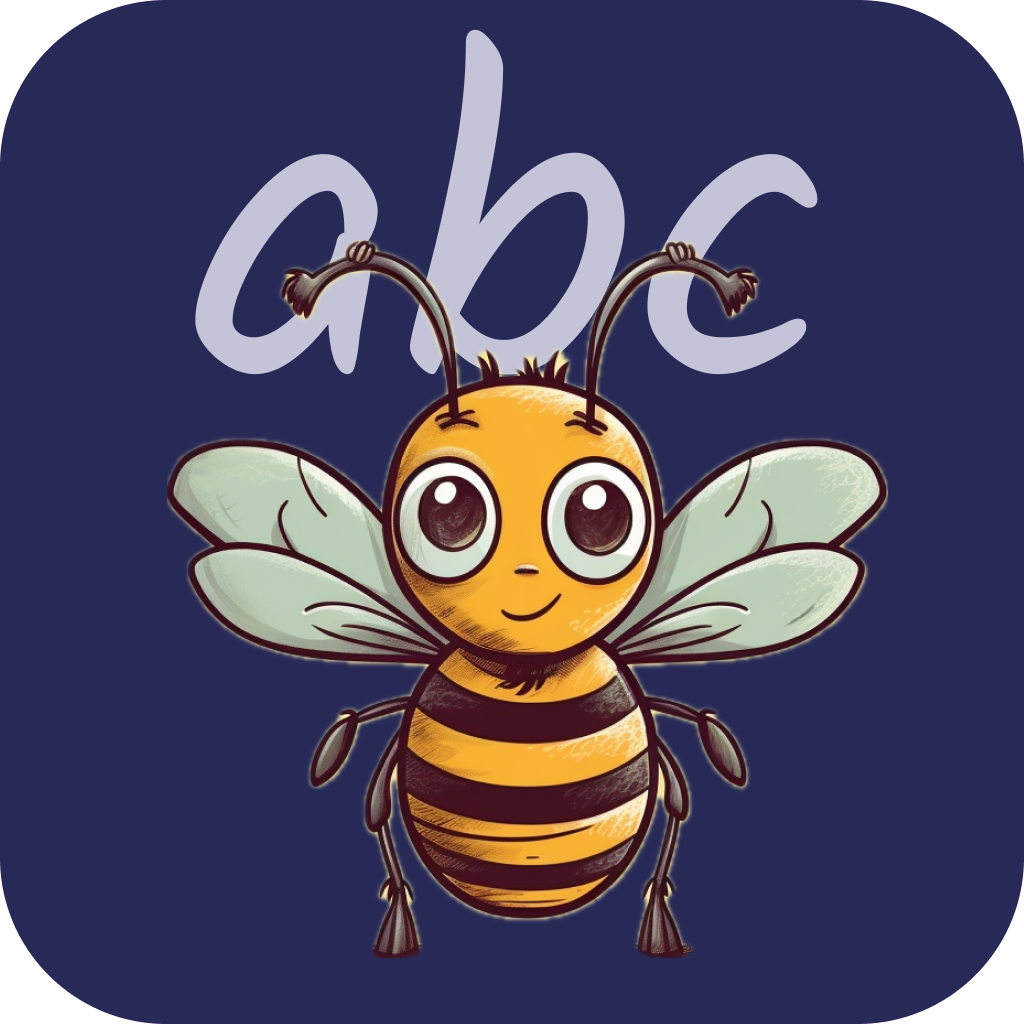Six Syllable types are essential for understanding English spelling. These patterns help learners recognise how words are structured and make spelling more predictable.
Here’s a breakdown of each:
1. Closed Syllable (CVC)
Definition: A syllable that ends in a consonant, with a short vowel sound.
Example Words:
- Cat (CVC)
- Dog (CVC)
- Rabbit → Rab-bit (both syllables are closed)
How to Identify:
- The vowel is short because it’s “closed in” by a consonant.
Common Spelling Mistakes:
- Spelling “rabbit” as “rabit” (forgetting the double consonant).
2. Open Syllable (CV)
Definition: A syllable that ends in a vowel, which makes the vowel long.
Example Words:
- Me
- Go
- Robot → Ro-bot (first syllable is open)
How to Identify:
- The vowel is long because it’s not closed in by a consonant.
Common Spelling Mistakes:
- Spelling “go” as “goh” (adding unnecessary letters).
3. Magic “E” (Silent “E”) or Vowel-Consonant-E (VCe)
Definition: A syllable where a silent “e” at the end makes the vowel long.
Example Words:
- Bike
- Cake
- Escape → Es-cape (second syllable follows this rule)
How to Identify:
- The vowel says its name because of the silent “e”.
Common Spelling Mistakes:
- Spelling “cake” as “cak” (forgetting the silent “e”).
4. Vowel Team (VV)
Definition: A syllable where two vowels work together to make one sound.
Example Words:
- Boat (oa makes a long “o” sound)
- Need (ee makes a long “e” sound)
- Rain (ai makes a long “a” sound)
How to Identify:
- Look for common vowel pairs: ai, ee, oa, ie, ei, ou, ue, au.
Common Spelling Mistakes:
- Spelling “boat” as “bot” (forgetting the vowel pair).
5. R-Controlled Syllable (Vr)
Definition: A syllable where a vowel is followed by “r,” changing the sound.
Example Words:
- Car (ar)
- Bird (ir)
- Butter → But-ter (second syllable is r-controlled)
How to Identify:
- The vowel sound is influenced by the “r” and isn’t short or long.
Common Spelling Mistakes:
- Spelling “bird” as “brd” (forgetting the vowel).
6. Consonant-le Syllable (-Cle)
Definition: A final syllable that ends in ”-le” and is usually unstressed.
Example Words:
- Table → Ta-ble
- Puzzle → Puz-zle
- Little → Lit-tle
How to Identify:
- This syllable never stands alone—it’s always part of a longer word.
Common Spelling Mistakes:
- Spelling “table” as “tabl” (forgetting the silent “e”).
Conclusion
✅ Beginner (Closed & Open Syllables) → Short vowel sounds, simple words.
✅ Intermediate (Magic “E” & Vowel Teams) → Silent “e” and vowel combinations.
✅ Advanced (R-Controlled & Consonant-le) → More complex words with tricky spelling patterns.


Leave a Reply